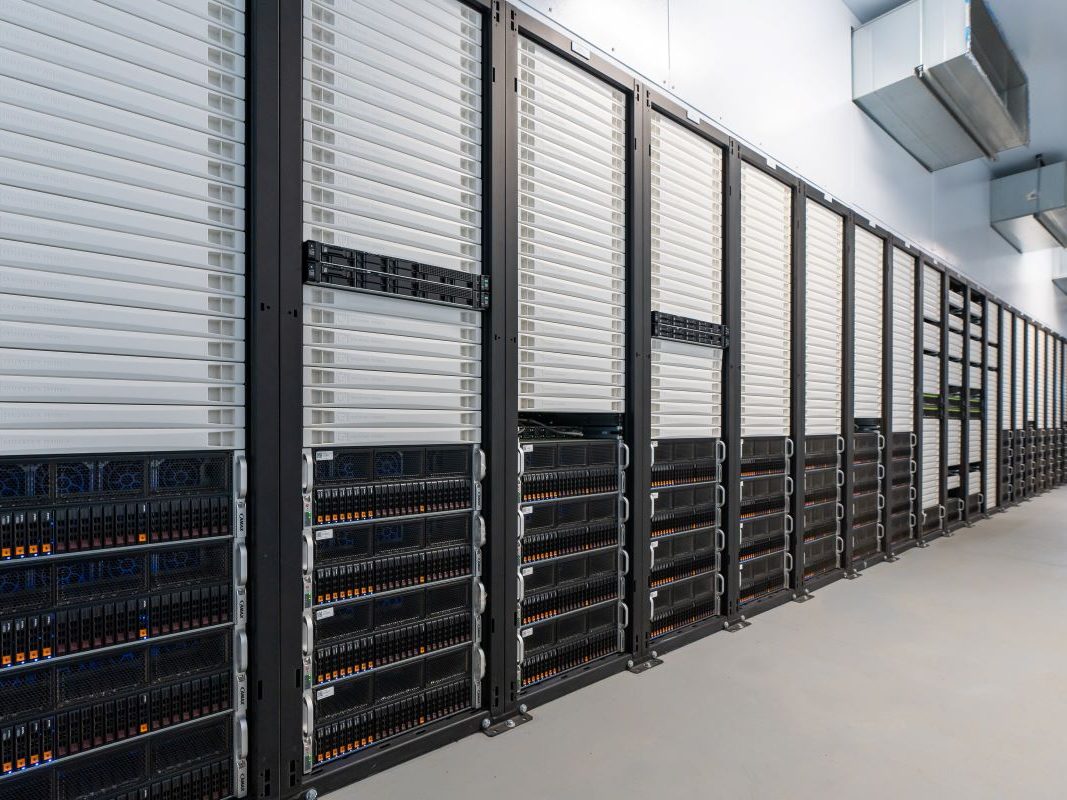E-Commerce, Technology Push Industrial Rents Upwards
As the e-commerce revolution becomes more mainstream in retail and in people's buying habits, the need for faster delivery nationwide is spiking demand in warehouse distribution centers, indicating a likely increase in industrial rents for 2014.
By Anna Spiewak, News Editor
While multi-family facilities might still be the crown jewel of commercial real estate, there is another category that has a strong second following: industrial real estate.
As the e-commerce revolution becomes more mainstream in retail and in people’s buying habits, with shopping online reaching 6 percent in total sales, the need for faster delivery nationwide is spiking demand in warehouse distribution centers, indicating a likely increase in industrial rents.
“(Industrial) activity and demand are increasing and the supply is overwhelming right now,” Stuart Eisenberg, Real Estate practice leader & partner at BDO USA told Commercial Property Executive. “More groups need more regional distribution hubs and they need space to put the goods in, so they can ship them regionally, that’s going to drive a big piece of the demand.”
As a result of this greater warehousing demand and low industrial construction supply, vacancy rates have dropped below 10 percent in several core markets, according to Avison Young’s recent Investment in the U.S. study.
“There’s good indicators that rents and occupancies are going to improve,” Eisenberg added.
Additionally, foreign investment in the U.S. industrial sector has peaked to 127 percent since 2011, with investors scooping up distribution, warehouse and manufacturing assets. Distribution campuses lead the way with buyers looking for stable cash flow and the opportunity to increase long-term value through the potential of higher rental rates, according to the AY report.
AY’s prediction for 2014 concludes that limited supply and strong demand will likely push rents upward during 2014. This bodes well for investors who want to increase value through rental appreciation. Investors are also said to continue shifting to secondary markets for better yields and a chance to get a foot in the door into these growing markets (Indianapolis, Columbus and Memphis).








You must be logged in to post a comment.